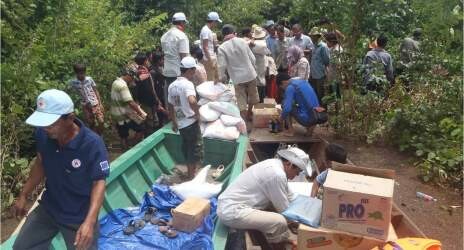
The law contains a chapter on international assistance and cooperation, based on recommendations made by the IFRC and the ‘Guidelines for the domestic facilitation and regulation of international disaster relief and initial recovery assistance’. This includes a commitment that the state will bear all taxes and duties imposed on humanitarian assistance in an emergency, and provides for the granting of special visas for the entry of relief personnel. In addition to a strong focus on response, the law calls for the integration of disaster risk reduction measures into development planning, and mandates Cambodia’s National Committee for Disaster Management to issue guidelines on disaster risk reduction and climate change adaptation.
Cambodia joins the ranks of fellow Mekong countries like Vietnam and Thailand who have already developed national disaster management laws. Other countries in the region are also following suit, including the People’s Democratic Republic of Lao, where the Ministry of Natural Resources and the Environment (MoNRE) is in the process of developing a landmark disaster risk management and climate change law. A consultation workshop to discuss the development of the new law in Lao is taking place in Vientiane at the end of July, hosted by the Lao Red Cross, IFRC, UNDP and MoNRE.
The momentum in the development and review of disaster risk management laws across Southeast Asia underscores the need for disaster-prone countries to put in place procedures to mitigate, adapt, manage and respond to disasters, and reduce disaster risks. The Philippines is in the process of wrapping up the ‘sunset review’ of its National Disaster Risk Reduction and Management Law, while Indonesia is preparing for a formal review of its national disaster management law in 2016. The disaster management law in Cambodia has been under development for the past several years, with the signing by the King this week a long-awaited step towards national disaster law progress.